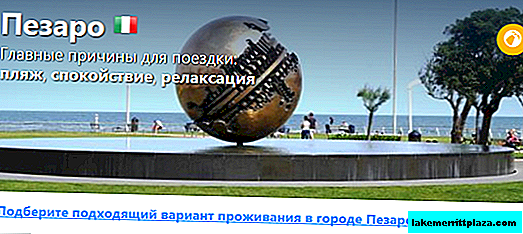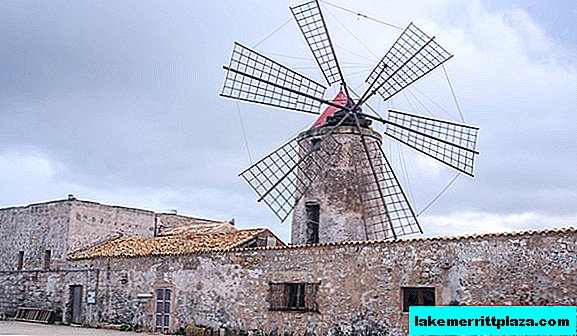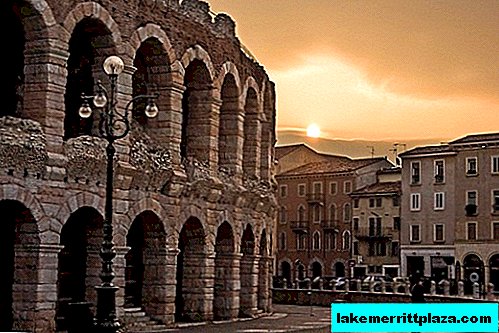Today we will try to understand all the intricacies of public transport in Florence.
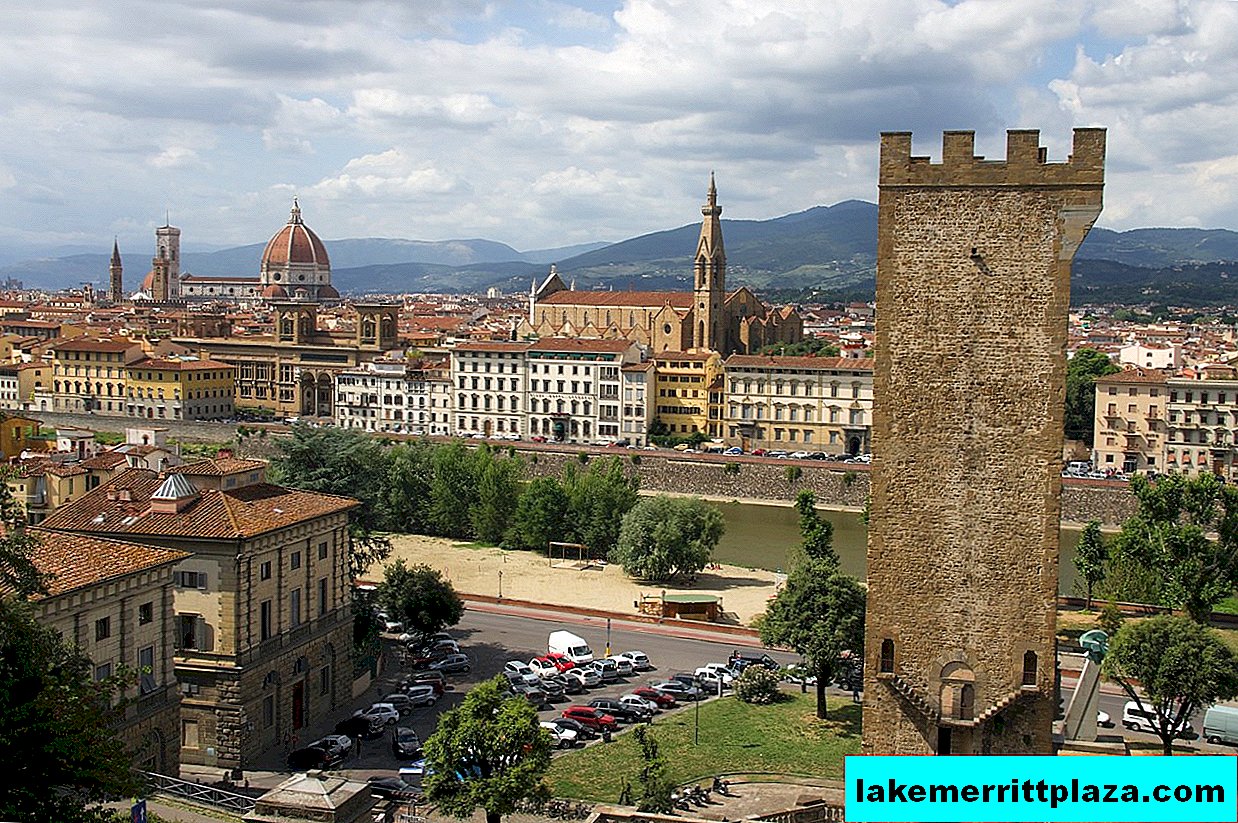
Transport in Florence
Florence is a small city, so you need to walk on it on foot. Only then you will see all the sights and feel the spirit of the city. Well, when you get tired - you will come to the aid of public transport. These are buses, trams, taxis, river trams.
Most city trams and buses are operated by ATAF. Using the planner and a map of public transport routes posted on the site, you can plan your route. The card can also be taken at the Santa Maria Novella train station in the information bureau ATAF ("Informazioni ataf").
Buses

City bus
Buses run on a schedule that you will find at all stops. For weekdays (feriale) and weekends (festivo) it is different. The inscription "Sciopero" will inform you of the strike. You can get acquainted with the schedule on the carrier’s website.
Day buses leave the route from 05:00. The frequency of movement is 10-20 minutes. The nights begin to walk from 22:00 only on particularly popular routes and end at 04:00. Their numbers are in a black frame and begin with the numbers 6 and 7. There is no exact timetable for night buses. The interval is approximately 1 hour.

Ecological transport
In the historical center exclusively ecological transport travels - small electric buses for 12-15 people. These are routes C1, C2, C3, D. Route C1 is most suitable for tourists.
Tickets
The fare in public transport for 90 min. - € 1.20. If you buy a ticket from the driver, then it will cost more - € 2. For a ticket for 4 trips you will pay € 4.70, for 24 hours - € 5; for 3 days - € 12; for a week - € 18.
Buy bus tickets at newsstands or tobacco shops; special machines; bars and hotels that are marked with the orange ataf.
Tickets must be composted! Otherwise - a fine of € 45.
From the airport to the city
From Florence Airport to the city center - about 5-6 km. Santa Maria Novella Central Station can be reached in about 20 minutes by Ataf and Sita buses or express train. Express runs from 06:00 to 23:30 with an interval of 30 minutes. The fare is € 8. Tickets are sold at the airport at the box office or from the driver. If you use taxi services, then expect about € 15.
Coach Hop On Hop Off

City Sightseeing Firenze Bus
In Florence, you will find City Sightseeing Firenze coaches that operate on the Hop On Hop Off principle. Routes - 3. Tickets are sold for 1, 2 or 3 days. There is a tour in Russian.
Trams
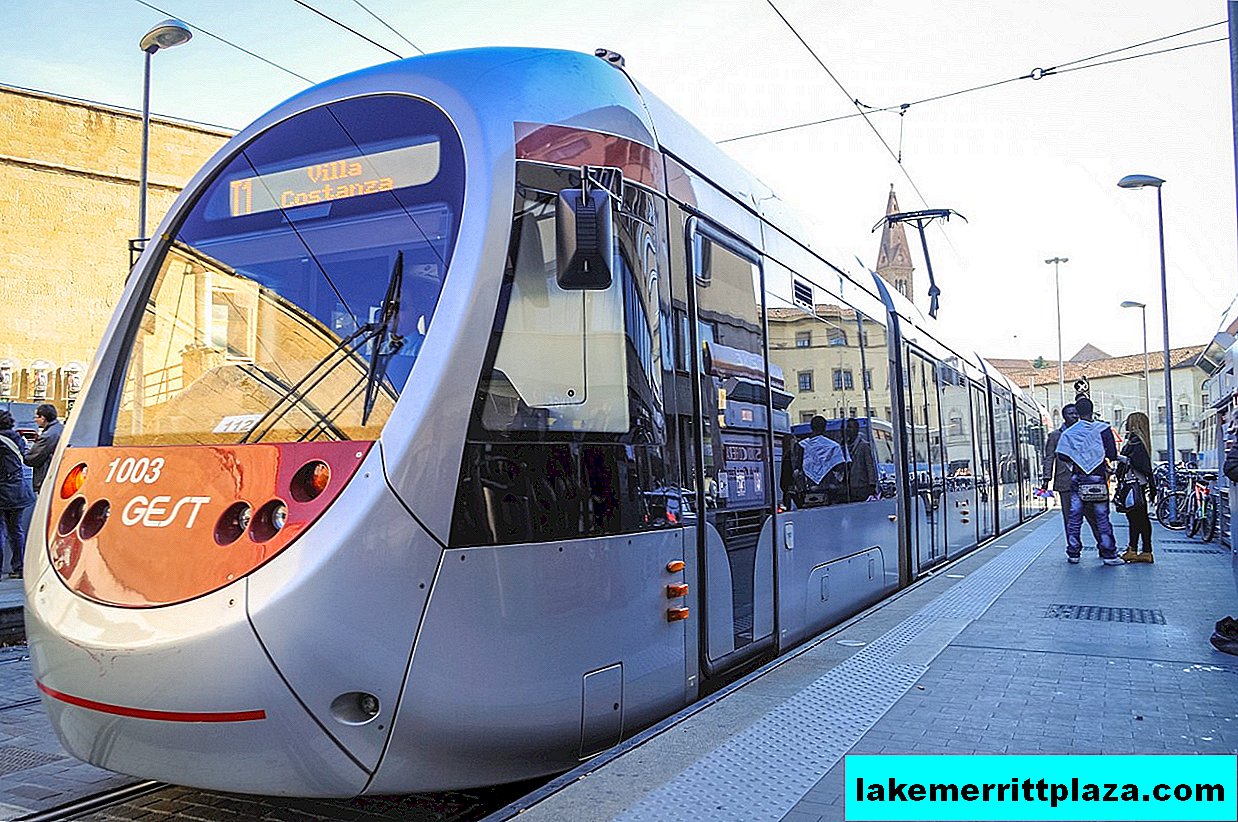
City tram number 1
Trams in Florence are not popular. Therefore, the city has only one tram route. Tram number 1 runs from the central station to the suburban area of Scandicci. Four more tram lines are being built, which will partially pass through the historic center.
Trams start operating at 5:00 and end at 24:00. The interval between trams in the daytime is 6 minutes, at rush hour - 3.5 minutes, at night - about 12 minutes.
Line No. 1 is separated from the road and raised 5 cm above the carriageway so that emergency vehicles can pass if necessary.
Taxi

Florentine taxi
Taxi in Florence is a popular mode of transport, fast and comfortable. These are white cars with a number on their side. It is not customary to catch a taxi on the street. It is better to take a car in a special taxi rank or call by phone. Main carriers: So.Co.Ta-Taxi, Taxi-Firenze.
Taxis are expensive: the price for boarding is € 2.5, for 1 km - € 0.8, for luggage - € 0.6. At night, on weekends and holidays, tariffs are twice as expensive.
But I advise you to put the Uber taxi application and use the coupon for € 10 - ok1y7 (enter in the application).
Bicycles

Convenient mode of transport in the city
Convenient to move around the city on bicycles. In the city there are several rentals, for example, at the Santa Maria Novella train station. Most of them work May - September, closed on weekends. A bike for the day will cost about € 8.


